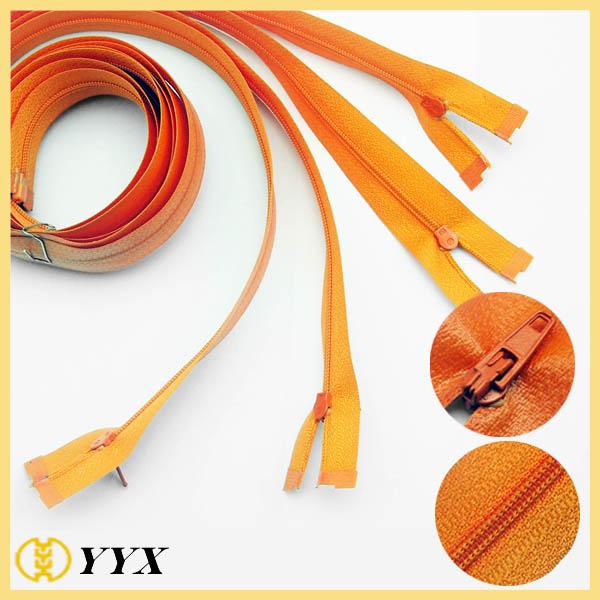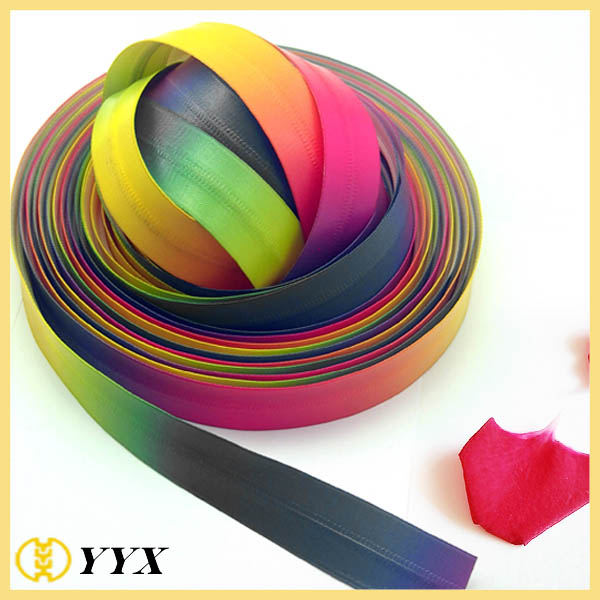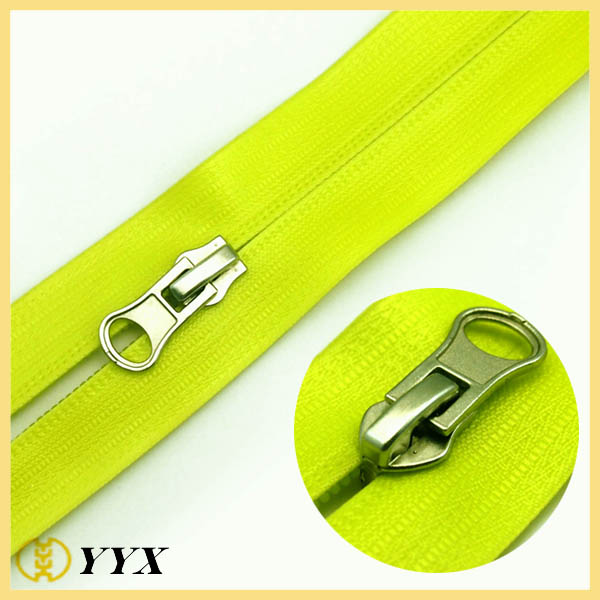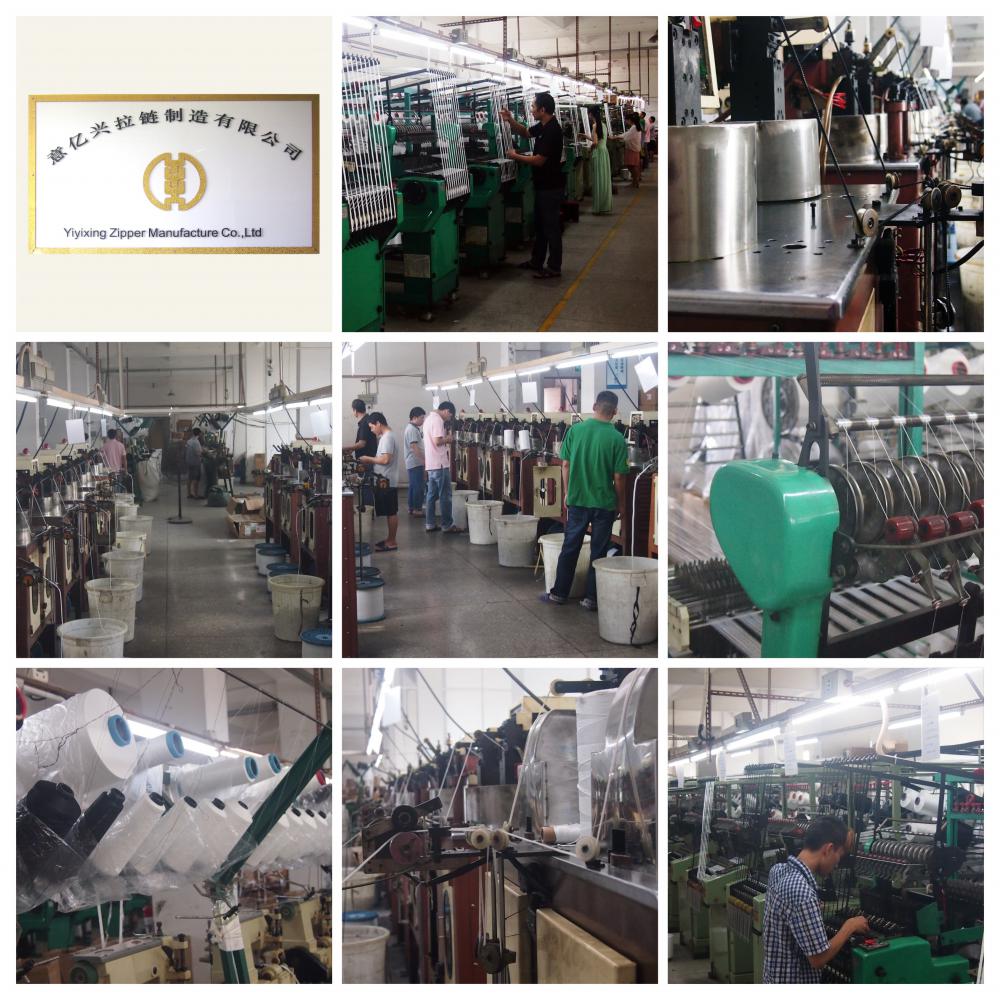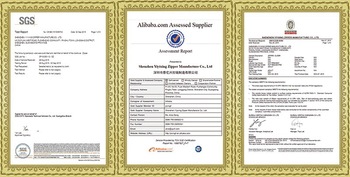During the PCB screen printing process, various kinds of failures will occur. It will affect both the production and screen printing quality. There are many reasons for failure, not only related to the operator's screen printing technology, but also related to the performance of printing materials, substrates, screen printing methods, screen quality, and scrapers. If screen printing operators are unfamiliar with the technology and work quality is not high, screen printing failures are likely to occur. Similarly, if printing materials, screens, squeegees, screen printers, screen printing rings, etc. are not good, screen printing failures will also occur.
1. Failure caused by PCB printing
The quality of PCB screen printing images and the film forming state of screen printing materials are affected by the performance of the printing materials. During the PCB screen printing process, due to the failure of the printing materials, (1) the holes are blocked, and (2) the opposite of the PCB. Stained by printed material, (3) poor adhesion, (4) sticky webs, (5) pinhole pits, (6) printed conductors are jagged, (7) screen printing patterns on screen printing, ( 8) Spots, (9) Poor overprinting, (10) Bleeding, and (11) Screen printing with uneven colors. These problems not only require continuous experience in the screen printing process, but also must perform various physical and chemical inspections on screen printed products. This is necessary. In order to ensure the quality of screen printing, we should try our best to avoid the phenomenon of screen printing. To this end, we must first strengthen the screen printing process management and control, followed by a strict quality control of printing materials, printing materials corrosion resistance, bending resistance, solvent resistance, light resistance, weather resistance, viscosity, grain size, The properties such as bond strength determine or directly affect the performance of the printed board. Therefore, according to the screen printing conditions and product performance requirements, after a pre-test verification, select the appropriate printing materials, determine the printing supplies supplier and sign a technical service agreement with it.
1.1 Holes
The printing material on the screen plate will block some of the screen meshes, resulting in less or no penetration of the printing material in the portion, resulting in poor printing patterns.
1.1.1 The number of screen meshes does not match the printed material used
The number of screens used is high, and the aperture of the screen is small. However, the size (fineness) of the used printing material is large. When the screen printing is performed, large particles in the printing material block the openings and cause screen failure. The large particles in the printing material are mainly from the fillers in the printing material, such as pigments, fluorescent agents, and the like. When gold and silver conductive printing materials and carbon conductive printing materials are used, screen mesh screens should be used because of their large particle size.
1.1.2 Printing material on the screen
The solvent in the printing material is dried in the screen printing process due to volatilization caused by the environment. For this kind of situation, according to the temperature and humidity conditions of the working environment, choose the appropriate printing material diluent to control the drying speed of the printing material to prevent the blocking of the mesh hole due to the drying of the printing material.
1.1.3 printing material viscosity
The printing material has large viscosity, strong viscoelasticity, and poor fluidity, so that the printing material has poor permeability during screen printing, and is easy to produce plugging holes. In general, to reduce the viscosity, additives or diluents are added to the printing material, which can be used after sufficient stirring.
Countermeasures:
1) Carefully clean the screen;
2) Re-experience printing materials to confirm whether they can continue to use.
1.2 Printed Board Contamination on the Reverse Side
As the printed film on the printed board is not yet completely dry, the printed boards are stacked together, so that the printed material adheres to the reverse side of the printed board and causes contamination, for example, when an oxidized polymeric printed material is to be used Due to the stacking of the printed board itself, the surface of the printed coating is broken, so that the incompletely cured printing material of the coating film adheres to the opposite side of the printed board and causes contamination.
1.3 Poor adhesion
A wide range of screen printing can be printed on various materials. Therefore, there are many factors that cause poor adhesion.
1.3.1 PCB Advantages Cause Bad Bonding
The pre-treatment of the printed board has a great influence on the bonding strength. If the pre-treatment is poor, the bonding failure will result. There are many methods for pretreatment, and it is not easy to use the naked eye to check the quality of the treated surface. The wettability test can be used to determine the effect of the treatment.
1.3.2 The selected printing material does not match the substrate
The appropriate printing materials should be selected according to the properties of the substrate materials and screen printing requirements. Before running, the quality of substrate materials and the surface treatment conditions should be tested to determine the selected printing materials.
1.4 sticky net
1.4.1 Sticky web due to pressure and temperature
1.4.2 Due to the change of screen printing conditions, the printed material is too thick to cause sticky webs
1.4.3 The rubber squeegee expands due to the influence of the solvent, and the strength is reduced. Curving during screen printing results in a reduction in the angle of the squeegee, which causes the screen printing material coating to be too thick.
1.4.4 The scraper wears over a long period of time, causing the head to be rounded, making the coating thicker.
1.4.5 Printing material with thermoplastic resin as the main ingredient, if the overlay after screen printing is affected by its own gravitational force or heat, it can easily cause the coating coating to become sticky and produce a sticky web.
1.5 pinholes and blisters
The pinhole phenomenon is the most troublesome problem in screen printing. Printed circuit boards need to be processed after the screen printing, such as etching, where absolutely no pinholes are allowed. There are various reasons for pinholes, and pinhole problems are one of the most important inspection items in quality management.
1.5.1 Dust and debris on the screen cause pinholes
(1) When the photosensitive paste is applied to the screen printing plate, dust is mixed in and adhered to the screen plate to form pinholes. Check the screen carefully and find that the pinholes are repaired in time.
(2) During the process of screen printing, dust or debris attached to the screen blocked the mesh, resulting in pinholes after screen printing. To do this, wipe the screen.
1.5.2 The printed board surface is contaminated
(1) When the surface of the printed board is subjected to a cleaning process, a cleaning agent remains on the surface of the printed board to form a thin film, which causes the printing material not to infiltrate, resulting in “pink ink†causing pinholes.
(2) Handling printed boards without gloves, directly with the touch of a hand cable, oil, hand sweat on the surface of the printed board, causing "pink ink" caused by pinholes.
1.5.3 Bubbles in Ink
In order to adjust the viscosity of the printing material, the solvent is added for stirring, and the printing material generates bubbles. At this time, most of the bubbles will disappear after being left standing for a while. However, due to the viscoelasticity of the printing material, some of the bubbles will not disappear naturally. Will disappear, but some ink bubbles must be defoamer to disappear. Defoamers are fast and slow, and two kinds of additives are generally 0.1% to 1%. If the amount of antifoam is too much, the antifoaming agent will not become a foaming agent.
(to be continued)
